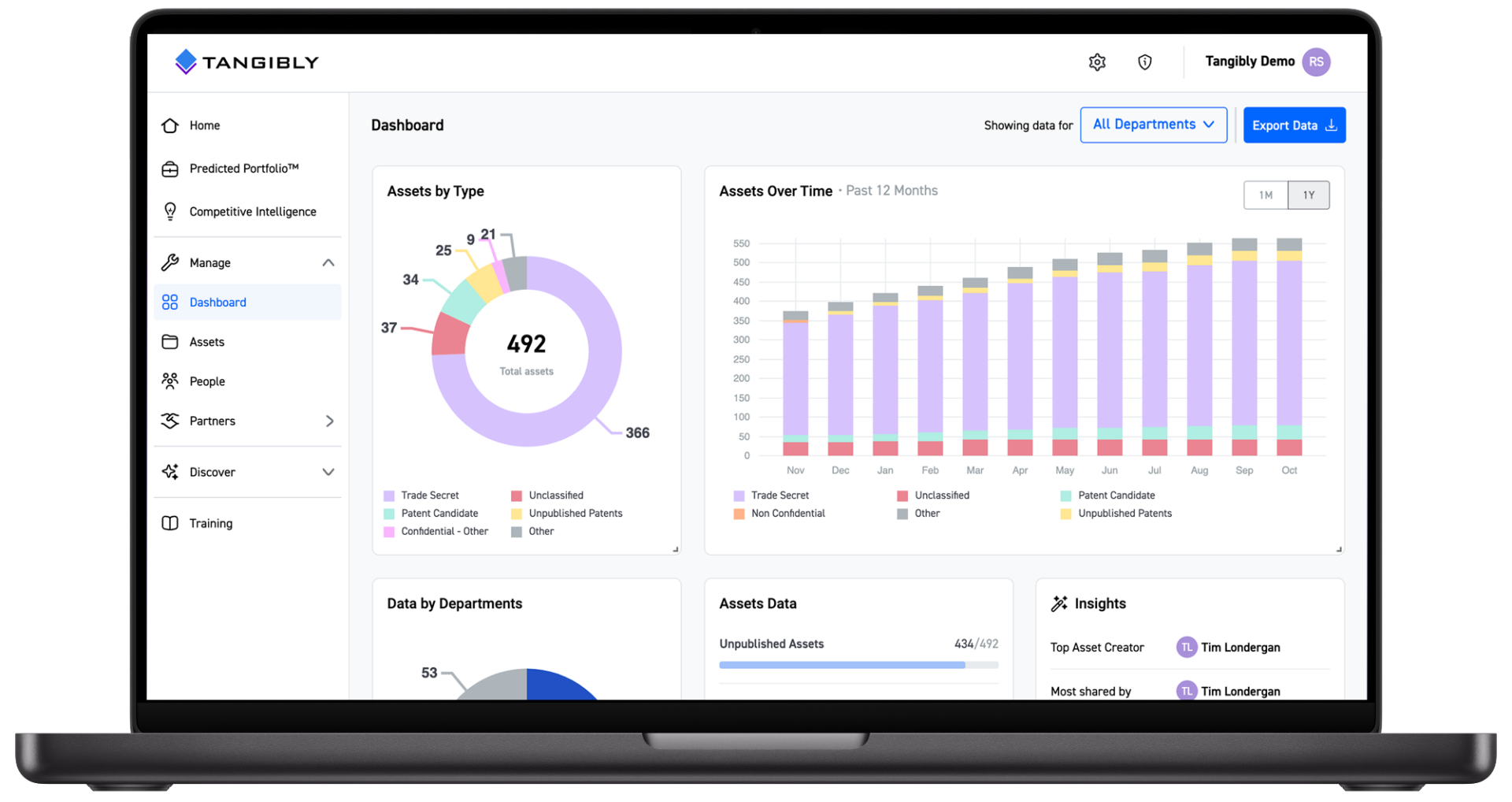As major portions of the global population continue to transition to digital technologies, enterprises are increasingly at risk that their trade secret assets can be hacked, downloaded or otherwise electronically transferred across international boundaries. While there is no universal legally binding definition of a tradesecret, given the substantial economic value that trade secrets represent in the global economy, a general consensus has developed among major economic regions regarding the basics of trade secret law, including what constitutes a trade secret and misappropriation.
For instance, the Defend Trade Secrets Act (DTSA), which was signed into law in 2016, provides a Federal private right of action for trade secret misappropriation and effectively harmonizes provisional and permanent remedies (that is, injunctive relief, damages and, in certain instances, criminal liability) among the 50 states. That same year, the European Parliament signed into law the Directive on the Protection of Undisclosed Know How and Business Information (Trade Secrets) Against their Unlawful Acquisition, Use and Disclosure (Directive). Like the DTSA, the Directive sought to harmonize trade secret laws, including available remedies, among the EU member states. Since 2019, new trade secret laws are in effect throughout the EU.
Effects of the macroeconomic disruptions associated with the COVID pandemic, including broken cross-border supply chains, remote working and enabling technologies, disaffection among employees, and the Great Resignation have all stressed an enterprise’s ability to effectively manage its trade secrets. This in turn is resulting in increased attention paid to trade secrets by their owners, investors, outside counsel, and law enforcement. With this increased attention has come an explosion of cases, both domestically and internationally, as well as a plethora of multiday conferences devoted to trade secrets, including trending cross-border issues,such as the USPTO Trade Secrets Symposium 2022; The 2022 Sedona Conference of Trade Secrets; Trade Secret IP Protection & Management EU Summit 2022; 2022 WIPO Symposium on Trade Secrets and Innovation; International Bar Association 2022 Conference on the Protection of Trade Secrets in Cross-Border and Remote Work Setting by Multi-National Corporations, and the2022 IPBC Asia Looking Beyond Patents conference.
Both the DTSA and the Directive have begun to effectively harmonize expected outcomes of trade secret litigation across jurisdictions, where previously there was much inconsistency and unpredictability. While there are, and will continue to be, important differences between the DTSA and the Directive (for example, statute of limitations) there is significant definitional and remedial overlap. Even China’s 2019 amendment of the Anti-Unfair Competition Law (AUCL), which expanded the legal protection for trade secrets, has language similar to the DTSA and Directive. For trade secret misappropriation matters in the US, given the choice, DTSA and the federal courts will likely remain the forum of choice given their relatively expansive jurisdictional reach. Federal courts have jurisdiction over any conduct, even conduct occurring in a foreign jurisdiction, if the alleged misappropriator is a US citizen or entity or “an act in furtherance of the offense” occurred in the US – and broad discovery rules. The International Trade Commission (ITC) is also becoming an attractive venue to block the import of products made with or incorporating misappropriated trade secrets.
Trade secrets are seeing increasing interest and activity internationally as well. For example, DOW Chemical was successful in enforcing a Swedish trade secret arbitration award against a Chinese chemical company. Also, the recent ITC case of LG v SK involved a Korean company enforcing in the United States a misappropriation claim related to its Korean invented and housed trade secrets against another competing Korean company.
Once viewed as the poor stepchild of government policies encouraging the use of Patents, Trademarks and Copyrights to protect valuable innovations, trade secrets are coming into theirown, and governments are now beginning to protect trade secrets regardless of borders. As a result, our Tangibly platform has been developed to help our customers manage their trade secret assets to a new global standard.
